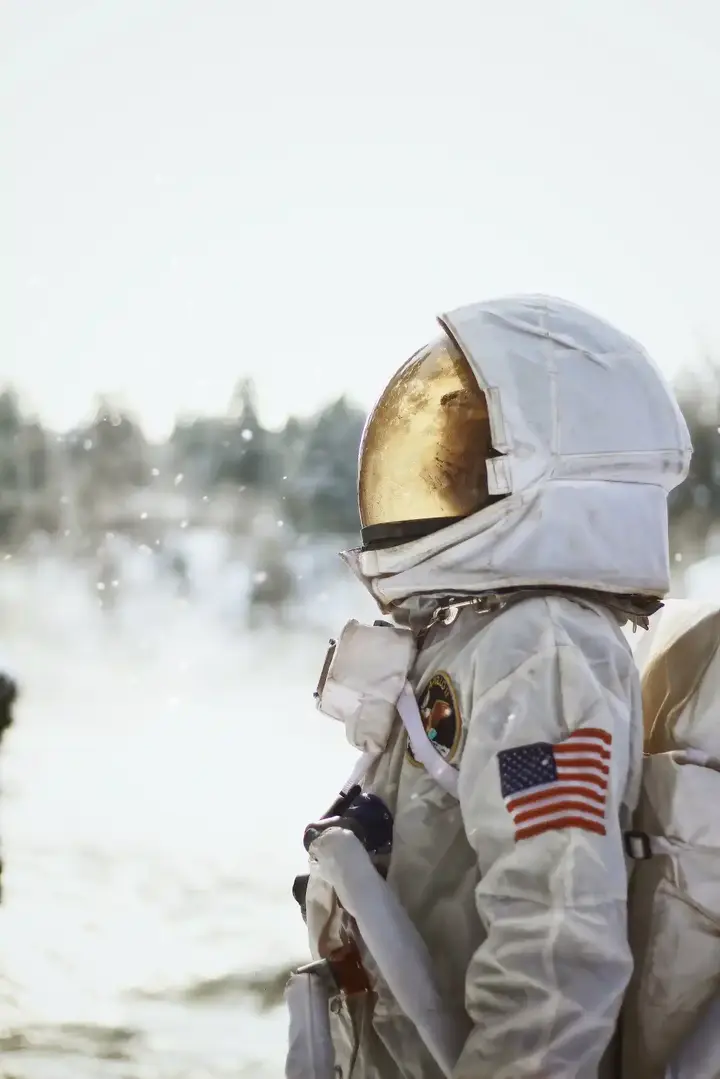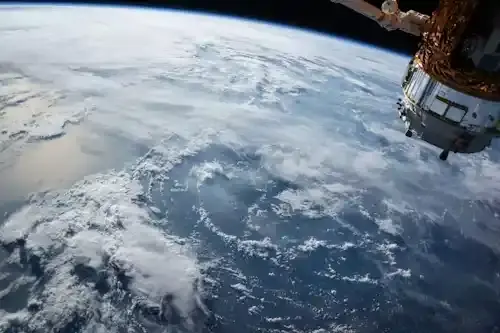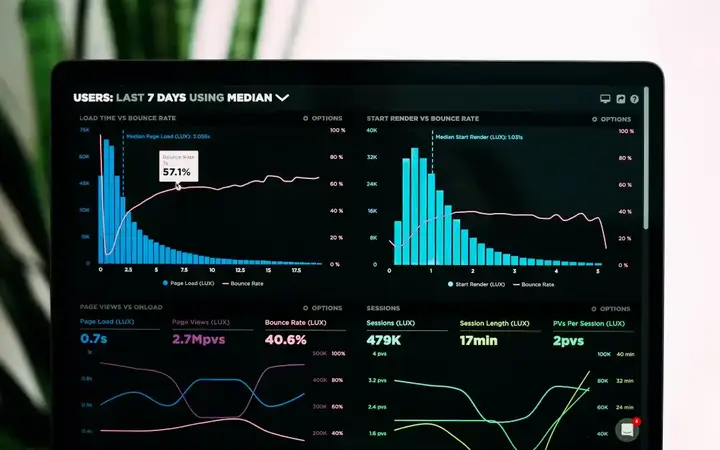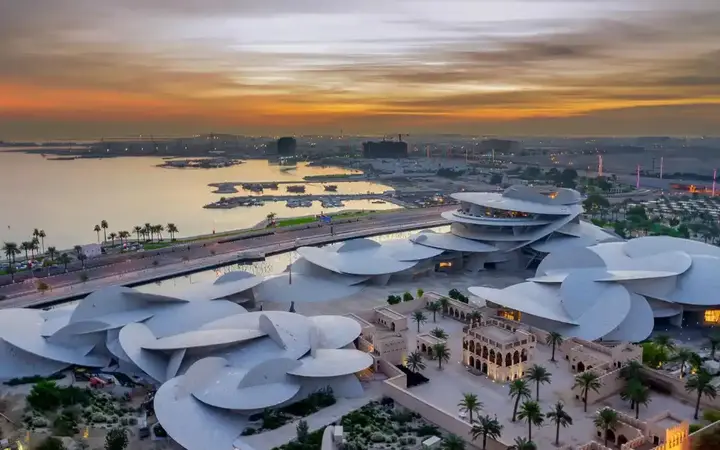The human heart shows signs of aging after just one month in space
Scientists at Johns Hopkins University School of Medicine have sent human heart tissue into space to study the effects of low gravity on heart health at the cellular level. Everyone knows that NASA astronauts Sunita Williams and Butch Wilmore have been stuck aboard the International Space Station for months due to technical problems with Boeing's Starliner spacecraft. The human being wonders what effects they will have in terms of physical health with such a long stay in space. Professor Duke Ho Kim led the team that engineered heart tissue from human stem cells.The tissue was placed on tiny chips designed to simulate the environment of the human heart and sent to the International Space Station (ISS) for 30 days of observation. Over the course of just one month in space, genetically modified human heart tissue became weaker, its "pulse" patterns became irregular and underwent molecular and genetic changes that mimic the effect of aging.
Recommend
Show key points
- Scientists at Johns Hopkins sent lab-grown human heart tissue into space to examine the cellular effects of microgravity on cardiovascular health.
- The engineered tissue, placed on a device called "Heart on a Chip," showed significant weakening and irregular beating patterns after just 30 days in orbit.
- Genetic analysis revealed increased inflammation markers and decreased gene expression related to heart function in the space-exposed samples.
- ADVERTISEMENT
- Despite a partial recovery upon returning to Earth, the heart tissue's contraction force and rhythm remained altered for several days.
- The platform allowed real-time monitoring of heart tissue in space and could be applied to study other organs under extreme conditions.
- Researchers are now testing drugs on heart tissues in microgravity to mitigate aging-like effects and explore potential Earth-based treatments.
- This study helps highlight cardiovascular risks for astronauts during prolonged missions and emphasizes the need for protective strategies in space travel.
The results were published in the proceedings of the National Academy of Sciences that zero gravity can be harsh on the body, and astronauts exposed to it have experienced cardiovascular changes, such as arrhythmias. But revealing the effects on the heart as a result of long-duration spaceflight — which last months at a time — and the molecular changes that support those changes remained elusive. "It is not possible to conduct various molecular and functional studies on human astronauts," Kim says.
"Heart" on a chip

The researchers guided the pluripotent human stem cells — which act as blank canvas and can vary to any type of cell — to evolve into human heart muscle cells. The heart tissue was placed in a small lab-implanted tissue chip that held the tissue in place and measured its contractions. The team then connected groups of six tissue samples between pairs of columns. One column in each pair was flexible, allowing the samples to contract like a beating heart. The system, dubbed "Heart on a Chip," was housed in a room about half the size of a mobile phone. In March 2020, the chip was transported to the International Space Station through the SpaceX CRS-20 mission. Once the heart system was placed on the chip aboard the International Space Station, Kim and his colleagues used sensors to monitor tissue contraction force and stroke patterns in real time. While the heart tissue was in orbit, scientists on Earth received regular updates on cell strength and rhythm every 30 minutes. Astronaut Jessica Meyer maintained the space station's heart tissue, replaced her weekly nutrient solution and saved samples for further analysis.
The scientists also had a collection of heart tissue created in the same way on Earth and stored in similar containers for comparison. "An incredible amount of cutting-edge technology has been used in the fields of stem cells and tissue engineering, biosensors and bioelectronics, and precision manufacturing to ensure the viability of these tissues in space," Kim said. After 12 days aboard the International Space Station, the tissue shrinkage force was almost halved, while the strength of its counterparts on Earth remained relatively stable. This weakness remained evident even after nine days of recovery on the ground. In space, tissue blows also become erratic over time, as on the nineteenth day the heart tissue in space is beating much slower than those on Earth, taking nearly five times the time to complete a single beat. But this disparity disappeared after the samples returned to Earth. This suggests that NASA astronauts Sunita Williams and Butch Wilmore — may be suffering from cardiovascular stress that will go away after returning to Earth, says Wu, a cardiologist at Stanford University.
Genetic changes

After recovering tissue from space, Kim and his colleagues used a transmission electron microscope to look at sample sarcomers — filaments of proteins responsible for muscle contractions. After being in orbit for a month, these protein packs became shorter and more turbulent compared to those in tissues that remained on Earth. Mitochondria—the energy-producing mechanism within cells—have also become swollen and fragmented. And larger, more rounded and less efficient in space tissue. When the researchers sequenced the RNA of tissue samples, they found an increase in gene expression and signaling pathways associated with inflammation, oxidative stress and heart disorders in tissues that traveled aboard the International Space Station. Meanwhile, genes that produce proteins needed for normal heart contraction and mitochondrial function have shown signs of reduced expression, says Devin Meyer, at Hopkins University, "Many signs of oxidative damage and inflammation persistently appear in screenings performed on astronauts after flight.

Although the study's heart-on-chip approach is innovative, it doesn't capture other important cardiovascular changes that can occur in the human heart, such as pressure in the arteries, Wu says. But he adds that similar preparation could be useful for studying how other organs perform under microgravity and harsh radiation levels. "The platform's ability to operate in a microgravity environment while maintaining tissue viability is a significant advantage," he says. Kim and his colleagues plan to send heart tissue and other organs into space longer to investigate the effects of spaceflight more deeply. They are currently testing drugs on heart tissue in space to see if they can protect it from the harmful effects of low gravity. They hope these drugs will also be helpful in maintaining heart health in older people on Earth. They are also working on improving their tissue slice technology and investigating how space radiation affects heart tissue. They conduct these studies at NASA's Space Lab. These findings are necessary to understand the health risks of long-haul spaceflight and may lead to new treatments for heart disease.
![]()
5 habits to save on your monthly allowance
5 habits to save on your monthly expenses more- ADVERTISEMENT
![]()
Due to lack of funding, old NASA may be on an unsustainable path
Underfunded, aging NASA may be on unsustainable path more- ADVERTISEMENT
![]()
Marseille: the city where everyone belongs to another place
Marseille is a vibrant coastal city where cultures from around the world blend in daily life. From Arabic to French and Italian, its streets echo with languages and stories of migration, making it a unique place filled with diverse food, traditions, and peaceful coexistence among its residents. more- ADVERTISEMENT
![]()
Life lessons that I realized after the age of forty and wished I had learned them at twenty: Is it too late to arrange your life in the forties?
Life Lessons I Realized After I Turned 40 That I Wish I Learned at 20- Is it Too Late to Get Your Life Together in Your 40s more- ADVERTISEMENT
![]()
If we look at Olympic stadiums since 1896, are they still in use?
Looking back at the Olympic venues since 1896 – are they still in use more- ADVERTISEMENT
![]()
The most important labor market skills - how to become a data analyst?
Data analysis has become a top-demand job worldwide, growing fast due to tech advancement. With skills in math, stats, and tools like Python or Excel, anyone—even without a related degree—can succeed in this field if they have a passion for numbers and insights. more- ADVERTISEMENT
![]()
What happens to cancer cells when they die?
What happens to cancer cells when they die more- ADVERTISEMENT
![]()
What to do to get out of the temporary sense of failure?
Feeling like a failure often starts in childhood or from comparing yourself to others, but setbacks don’t define who you are. You're human, not a failure. Practicing gratitude, self-care, and working toward goals can reshape your mindset and boost confidence. Therapy — even online — can also help. more- ADVERTISEMENT
![]()
Simple ways to ascertain the nature of the curved ground
You don't need fancy tools or deep science to see Earth's curve—just use your camera, observe buildings, watch ships at sea, enjoy a flight, explore space photos, witness an eclipse, or study ocean tides. These simple experiences reveal the beautiful, curved nature of our planet in creative and exciting ways. more- ADVERTISEMENT
![]()
National Museum of Qatar and the distinctive design of the desert rose
The National Qatar Museum and its Unique Desert Rose Crystalline Structure more- ADVERTISEMENT





















